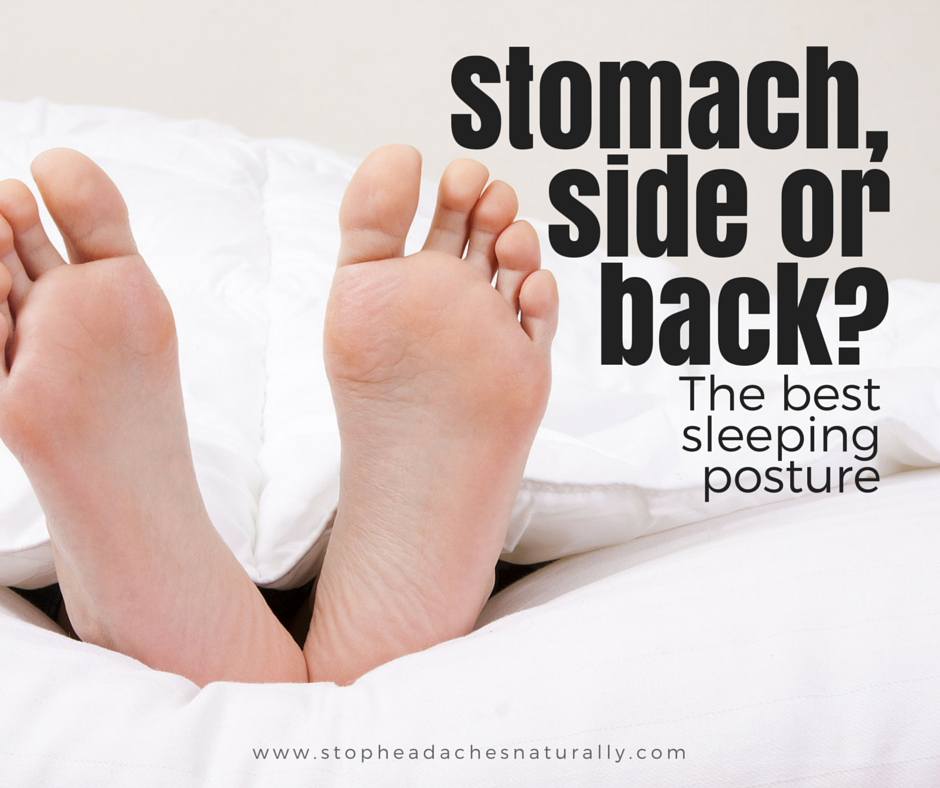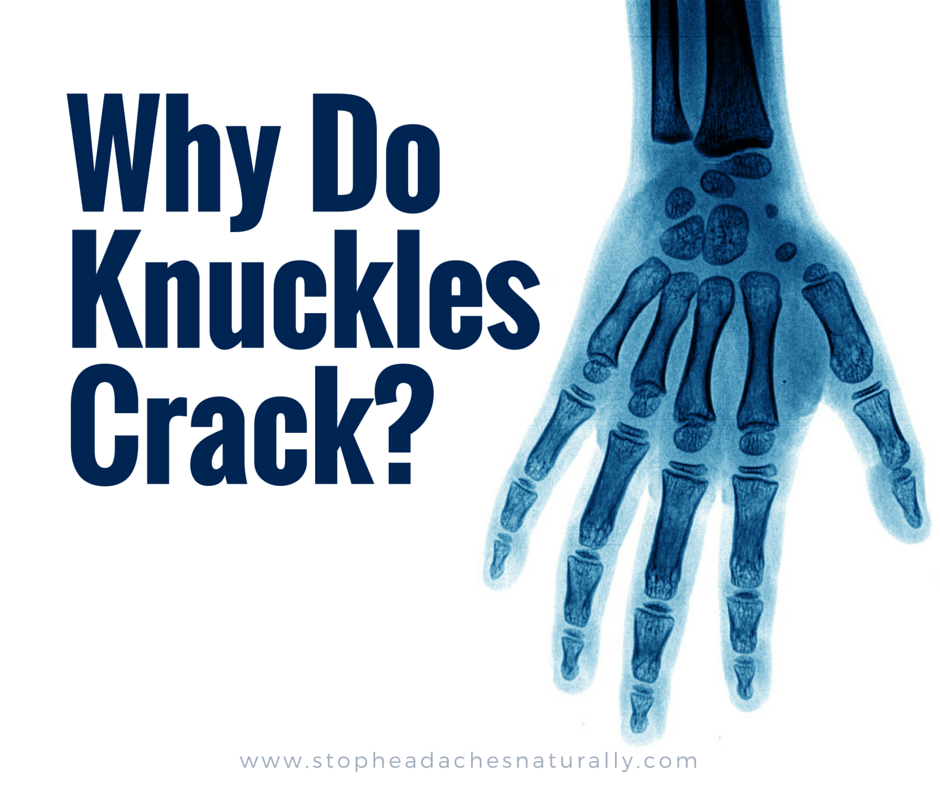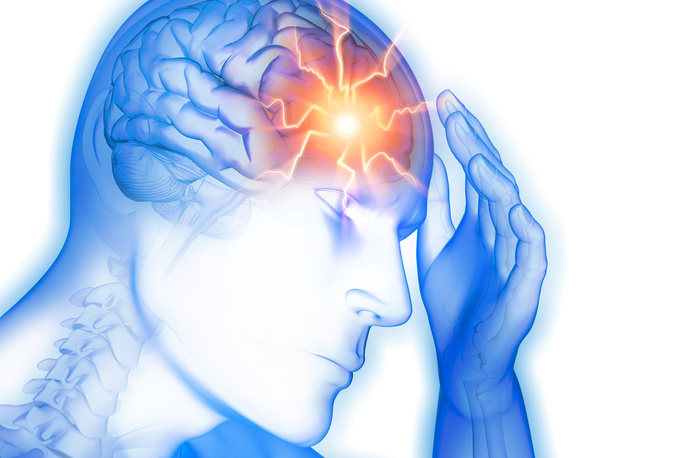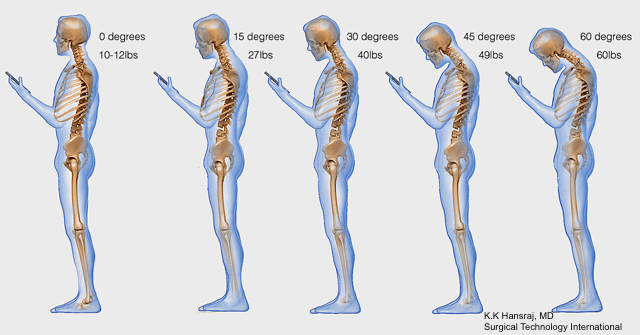What Is The Best Sleeping Posture?

We have all woken up with a stiff neck or sore back and immediately thought, “I must have slept the wrong way”.
Most people are aware that poor sleeping posture can cause neck, shoulder and back pain. However the important role that it can play in provoking headache attacks tends to go unrecognized.
Considering we spend almost a third of our life in bed, we ought to pay more attention to our sleeping posture. Perhaps you have an ergonomic chair at work but what about the mattress and pillow on your bed?
A good mattress and pillow can certainly help your sleeping posture. Mattresses and pillows also wear out and need to be replaced regularly.
However it is even more important to look at the way you lie in bed.
Although we change our position many times while we are asleep, we all have a favourite position. This is the position that we adopt automatically as we drift off to sleep, the one we continually return to during the night. Hence it is the position that we spend the most time in. Video studies have shown almost everyone is able to identify it reliably.[5b]
Do you prefer to sleep on your side, on your back or on your stomach? There is some disagreement among scientists and doctors as to whether sleeping on your side or your back is better for the spine.
However all are agreed that sleeping on your stomach is very bad for the spine and should be avoided.
Stopping sleeping on your stomach may be one of the most effective things you can do to stop your headaches. Just what it is wrong with sleeping on your stomach is discussed in the next section.
Having good sleeping posture means that when you are lying in bed in your usual position:
- Your pillow and mattress should support your head and body so that your spine retains its three natural curves, just as when you are sitting or standing.
- Your spine, and especially your neck (cervical spine), should not be twisted to one side – your shoulders and hip bones should be aligned.
The position of your arms and legs should not put any muscles in either an overly shortened or overstretched state. For example, avoid crossing your arms tightly against your chest as shown in the photo.
Awkward positions such as this, when held for hours on end during sleep, will cause or reactivate muscular trigger points and worsen existing muscle imbalances.
Our postural habits are so ingrained that we are mostly unaware of them. It is a good idea to demonstrate the way you usually lie when you go to sleep to your manual therapist and ask them to comment on any possible problem areas that they notice.
This is an excerpt from Stop Headaches Naturally | Chapter 8 - Postural Tips For Sleeping
Why Do Your Knuckles Crack?

Are you concerned that cracking your knuckles leads to joint degeneration?
Or have you ever wondered why your neck cracks (pops) whenever you stretch it?
The answer can be found in the article published by the University of Alberta Faculty of Rehabilitation Medicine, PLOS One called, 'Pull My Finger Study'.
"A cavity is created and that event is what's associated with the sound"
With the aid of a MRI, a finger was slowly pulled until the knuckle cracked. It finally proved that when you stretch the capsule that surrounds a joint, a bubble forms in the synovial fluid which is responsible for the popping sound.
Check out the MRI study video:
Leader author Professor Greg Kawchuk explains. "It's a little bit like forming a vacuum. As the joint surfaces suddenly separate, there is no more fluid available to fill the increasing joint volume, so a cavity is created and that event is what's associated with the sound.
"No evidence that knuckle cracking leads to degenerative changes"
The data fails to support evidence that knuckle cracking leads to degenerative changes in the metacarpal phalangeal joints in old age. The chief morbid consequence of knuckle cracking would appear to be it's annoying effect on the observer."
Why Does Stress Plus Muscle Tension Equal Headache?

Both migraine and tension headache sufferers list emotional stress, and feelings such as anxiety, worry, fear, anger, and frustration that accompany it, as their most important trigger. But emotional stress is more than a trigger. It is part of the mechanism that produces a headache.
Emotional stress can contribute to headaches by:
- Interfering with natural pain suppression mechanisms
- Increasing the excitability of the brain
- Altering bloodflow to and within the brain
- Causing the release of histamine, a vasodilator and inflammatory substance
- Increasing musculoskeletal pain
On-going stress can lower your headache threshold, making it more likely that exposure to your other triggers will provoke a headache attack. Specific short term stressful episodes may trigger a headache attack. [12]
The role of emotional stress in provoking headaches is reasonably well appreciated. However few headache sufferers are aware that the sustained and excessive amounts of muscle tension may play an equally important role.
Nor are they usually aware of just how tight the muscles in their jaw, neck and shoulders actually are for most of the time. Sustained tension in these muscles is a common response to emotional stress.
It is also the result of maintaining the upper part of your body in a fixed posture. Sitting without moving for lengthy periods of time is a major culprit. Sitting with your neck craned forwards magnifies the problem. This “forward head posture” [13] will also cause pain in the joints of your neck.
Tight or tense muscles are muscles that are actively contracting. However, as we have seen, when muscles stay contracted for too long without relaxing they start to suffer microscopic tissue damage. Various inflammatory substances are released into the muscle fluid from where they are transported into the blood stream.
"when muscles stay contracted for too long without relaxing
they start to suffer microscopic tissue damage"
Hence on-going tension in neck, jaw and shoulders acts as a continual low level source of pain which can reduce your headache threshold. If trigger points are present, tension may irritate them sufficiently to provoke a headache attack.
Muscle tension, like emotional stress, lowers your headache threshold, making a headache attack more likely. Muscle tension can also act as a headache trigger.
[12] JM. Nash and RW Thebarge (2006). “Understanding Psychological Stress, Its Biological Processes, and Impact on Primary Headache.” Headache 46(9):1377- 1386.
[13] DG Borenstein, SW Wiesel and SD Boden (2004). Low back and neck pain: comprehensive diagnosis and management, p231-233, Edition 3, Elsevier.
How To Be A Smart Smartphone User

If you use a smartphone or tablet for more than one hour everyday, you definitely need to learn how to use it more intelligently… and no, i am not referring to another new app that will help you streamline your workflow.
The exponential growth in mobile technology has made it possible for people from all walks of life, young and old to own a mobile device. People not only using mobile devices for texting or phone calls but to read emails and eBooks, interact within social-media circles, play games and watch videos. This forces them to hold their necks in a bent position for long periods, creating excessive strain on the ligaments, tendons and muscles of the cervical vertebrae.
Unfortunately many of us ignore the aches and pains that occur while using our mobile devices, but it is only a matter of time before we begin to experience more serious problems like:
• Tension headaches
• Blurred vision
• TMJ syndrome (jaw pain)
• Joint pain
• Muscular tension and stiffness in the neck, shoulders and back
• Tingling down the arm and fingers
What is the real cause behind the neck pain
Your neck is at its most relaxed and comfortable state when the weight of your head is positioned directly on top of your spine. The muscles around the front, back and side of your neck should be working together to hold your head in a neutral position – looking straight ahead - this is the most natural state or position of the neck. So when you use a mobile device for prolonged periods with a bent and rotated neck, this will create an unnatural position, which leads to overuse injuries.
Of course, bending and turning your neck in various directions is encouraged because the cervical vertebrae are designed to facilitate free movement in all directions. However, you must be aware of your posture and make sure that your neck does not remain in awkward positions for long periods and returns to the neutral position.

On average, people use mobile devices for two to four hours a day. In other words, our necks are bent and held in a forward head position for 700 to 1,400 hours every year. It is the cumulative effect of years of overuse and stress that leads to degeneration and serious neck and back problems.
How to minimize the damage
Dr. Ezriel Kornel, a neurosurgeon from New York has offered some suggestions for computer and mobile users to reduce the damage caused by poor posture:
• Keep your phone or tablet at a higher level so you are not continually bending your head forward
• The Alexander technique is beneficial as it helps you become aware of how you use your body and teaches you optimal body positioning and poise
• If you suffer from neck pain or headaches, use mobiles phones in moderation to help reduce excessive strain on the neck
• Take frequent breaks. Stretch your neck and reposition your body to relieve the accumulated tension (using an app to remind you can be very useful)
Whether you like it or not, using a mobile device has become a part of our daily lives and it is here it to stay. So it is important that you are aware of the negative effects of prolonged mobile use, especially with your neck bent forwards. Not only will it improve your posture but it will also decrease your stress levels, reduce muscular aches and pains and be one the keys to stopping your headache and migraine pain… you will have become a smart smartphone user.
________________________
Pablo Tymoszuk is a soft tissue therapist specialising in remedial, myofascial and dry needling techniques. He also acts as an ergonomic specialist and wellness consultant which has motivated him to co-author the eBook Stop Headaches Naturally.
Together with Dr Margaret Scarlett they present a range of strategies for stopping headaches and migraines without drugs. All strategies are organized in a systematic manner and backed up by references to the scientific literature.






